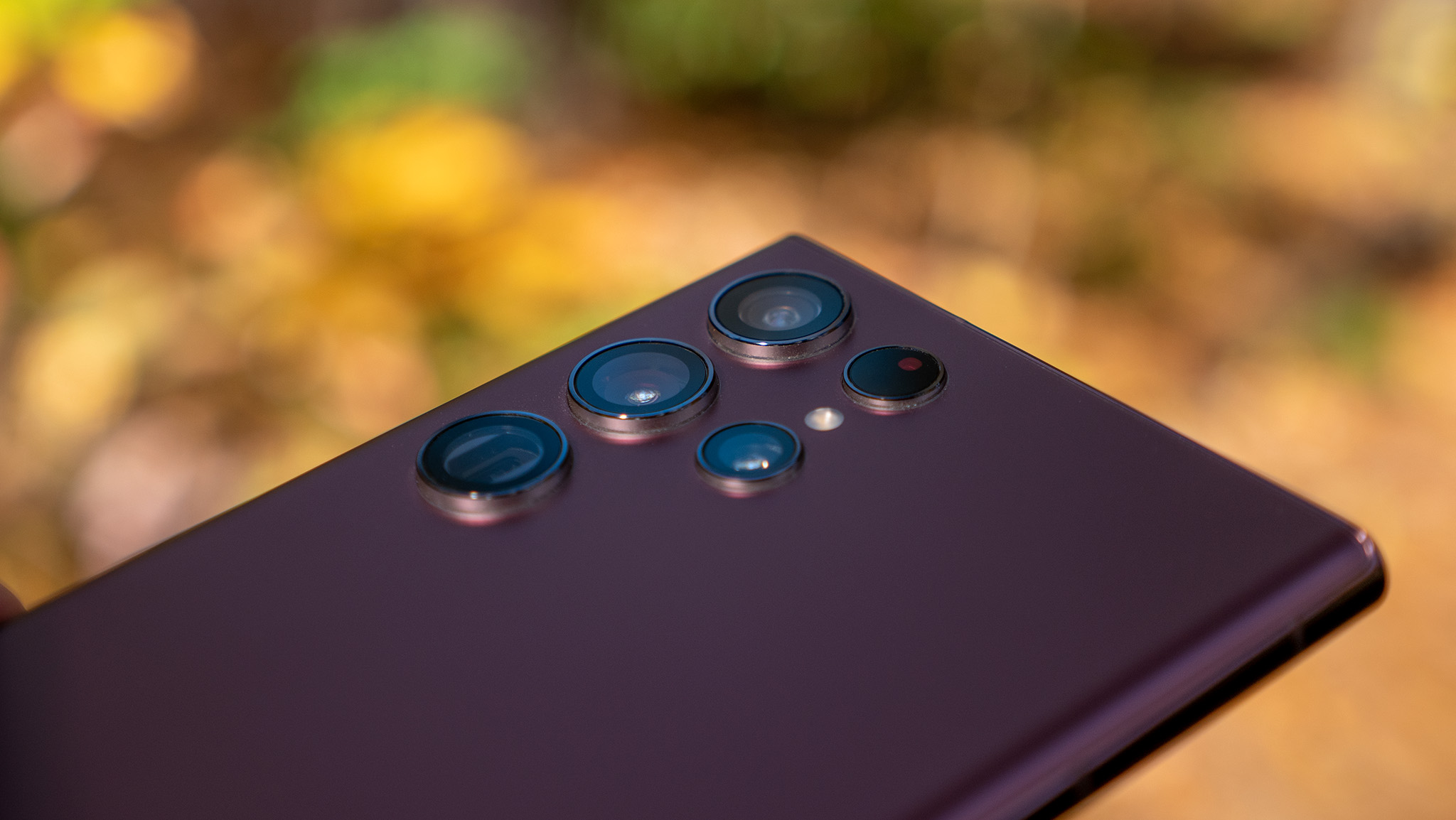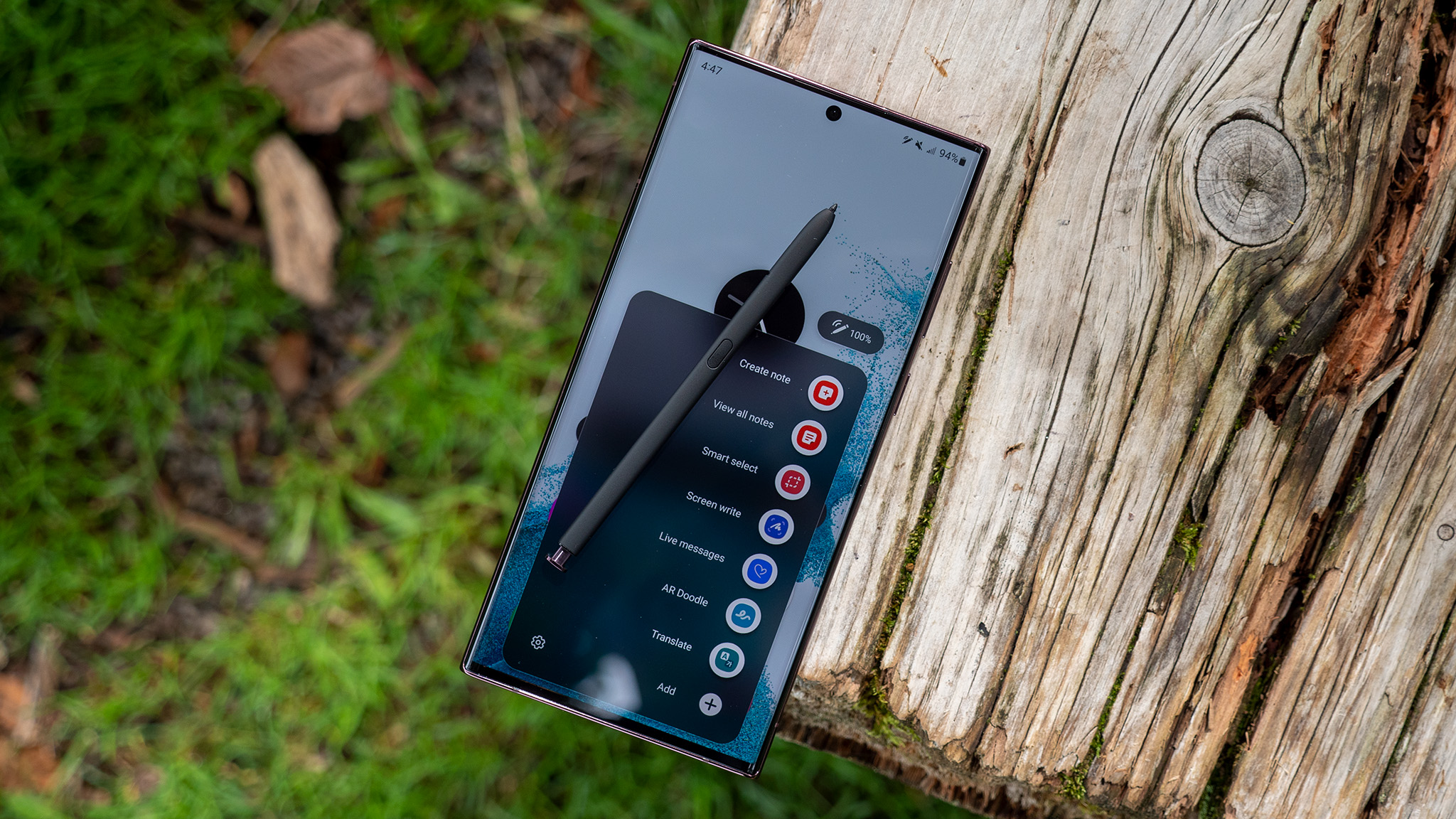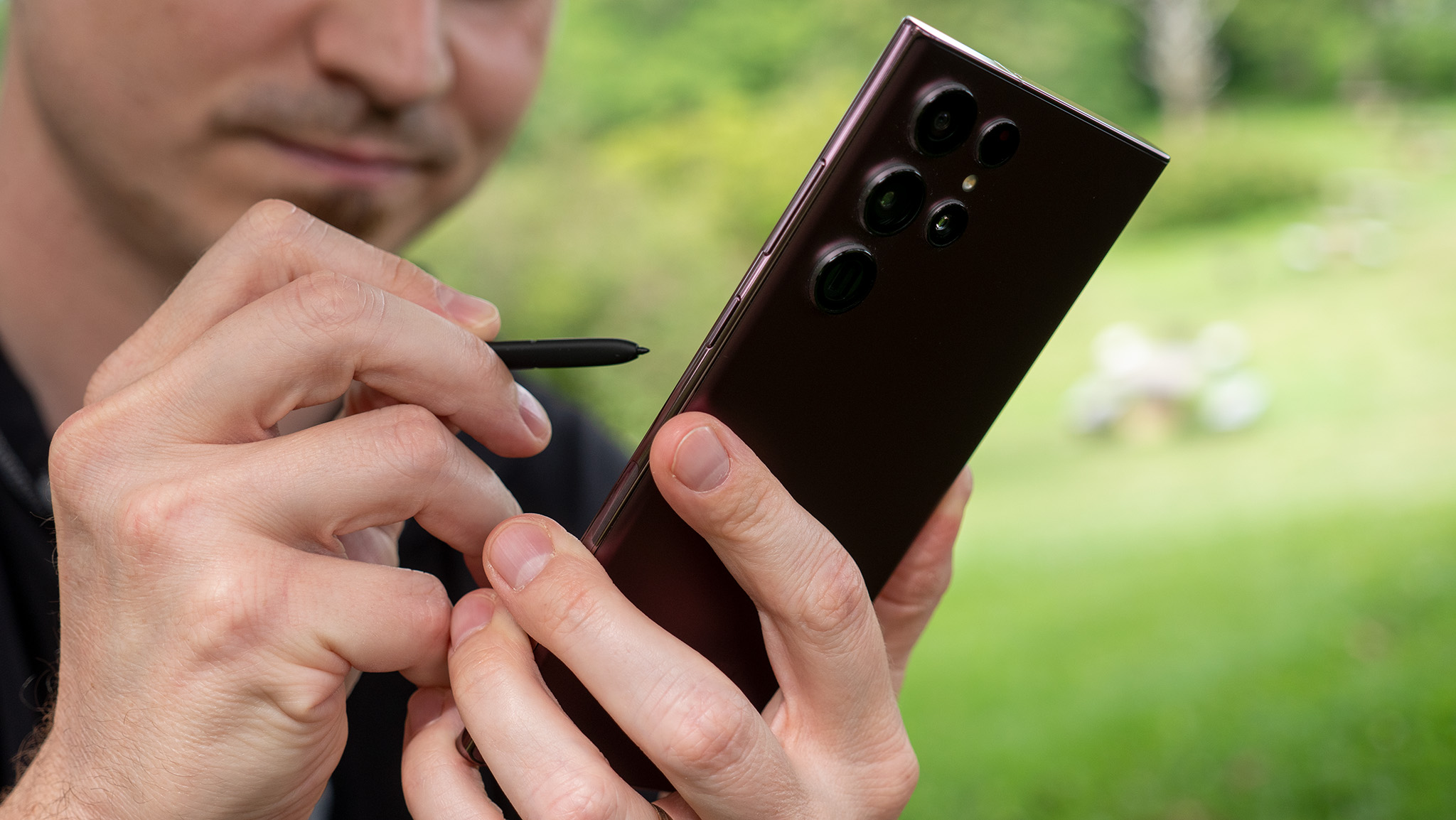You may or may not have read my complaint about how my beloved Pixel 6 is performing on me after just two years. During that period, my cherished phone turned into an almost unusable device, and I felt extremely sad, but mostly disappointed and frustrated with Google.
So, after expressing my disappointment, the question I’m asked the most is simple: What phone will I use next? After all, my experience with the Pixel’s poor build quality clearly means I’ll be switching brands.
Now, I’m a curious cat at heart and love experimenting with technology. This should come as no surprise given the kind of work I do. Regardless, the tech nerd in me decided to pick up the Pixel 6’s biggest competitor when it launched and see how it turned out. If it wasn’t obvious enough, I’m talking about the Samsung Galaxy S22 Ultra.

For scientific purposes, I discovered that I have an old, used and abused S22 Ultra in pretty good condition, similar to my Google Pixel 6. Look, I want to make sure I’m fair to both brands. If it is a new unit or a unit that has been well kept over the years, this comparison is not fair.
It’s been over a month since I switched to the Galaxy S22 Ultra. Before I get into the specifics, let me make this clear. There’s no denying the fact that the S22 Ultra ages far more gracefully than the Pixel 6. You can’t argue with that. Samsung gives you far superior build quality compared to Google’s plastic Pixel, which has buttons that fall off.
There’s no denying the fact that the S22 Ultra ages far more gracefully than the Pixel 6.
After dropping the S22 Ultra multiple times, I can easily say that everything from the chassis to the display is more durable. Just days after my rant about the Pixel 6 went live, its screen cracked, even with a high-quality screen protector and bumper cover on it. What a shame, isn’t it? Yes, this is irony.
On the other hand, the S22 Ultra, which comes with the exact same UV-resistant screen protector and excellent CaseBorne R-Series aluminum frame, didn’t even leave a single scratch on the display after dropping it to the ground. This is what it looked like after it hit the concrete floor face down!

That’s not to say the S22 Ultra is better than the Pixel 6 in every way, because that’s not the case. After switching from Samsung Galaxy to Google Pixel, I really missed a lot of things. However, durability and software experience are far apart.
Speaking of software, my Galaxy S22 Ultra is currently running One UI 6.0 based on Android 14 and is expected to receive the One UI 6.1 update. Unlike the sluggish Pixel 6, Wi-Fi and Bluetooth still work well, I haven’t encountered any network issues, and battery life is above par. I don’t use it for more than a full day, but it’s a lot better than the Pixel 6, which I sometimes charge twice a day.
In case you’re wondering, I haven’t changed anything about my usage style. I still have hundreds of apps on my phone. From mobile data to Bluetooth and GPS, everything is always on and I even use the mobile hotspot regularly. If anything, my usage has increased, probably thanks to the S Pen.

It’s safe to say that Samsung offers great value for money. Even though smartphones from Korean brands are ridiculously expensive, at least you know they will last for years without giving you any problems. With Google, on the other hand, you don’t have that guarantee.
So, the Pixel 6 lasted me two years and a few months. What about the S22 Ultra? I’m sure this phone will last me a year easily. Heck, while the camera is starting to show its age, it might even be good enough for another two years. do you know? This fits nicely with Samsung’s commitment to providing the S22 Ultra with four years of Android updates and five years of security updates.
A phone that doesn’t even function for two years shouldn’t warrant updates for that long.
Recently, my good colleague Andrew Myrick talked about the ridiculous nature of Google’s commitment to seven years of updates for the Pixel 8 and Pixel 8 Pro. I can’t help but share the resonant emotions. A phone that doesn’t even function for two years shouldn’t warrant updates for that long. The Pixel 6 promises three solid major OS upgrades, all the way up to Android 15. As for security updates, Google promises five years of updates.
But what does this promise mean? Why provide guaranteed software support for about five years if the hardware can’t keep up? My mind can’t wrap my head around why Google would do something like this. Either it’s really confident about the Pixel 6, or it doesn’t really care that the phone can keep up. The company probably thinks people will upgrade to newer models by then. Regardless, this doesn’t bode well for Google.
In the end, the results of my little test were simple. Samsung and Google roll out updates regularly, but only the former makes Android phones with durable hardware that can keep up with the latest software. No matter how good the camera is or how interesting the user interface is, it’s not enough to keep you holding onto a phone unless it performs well for at least three years, or long enough to live up to the software promises made by smartphone manufacturers.